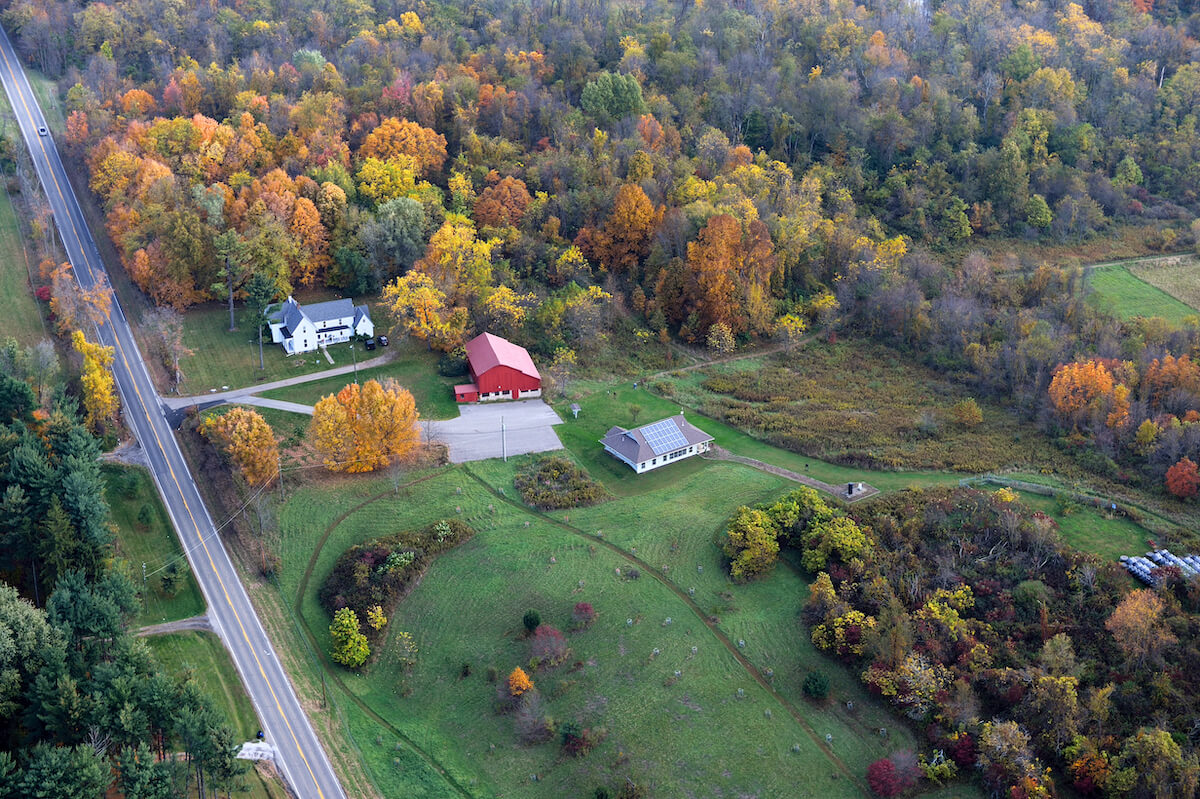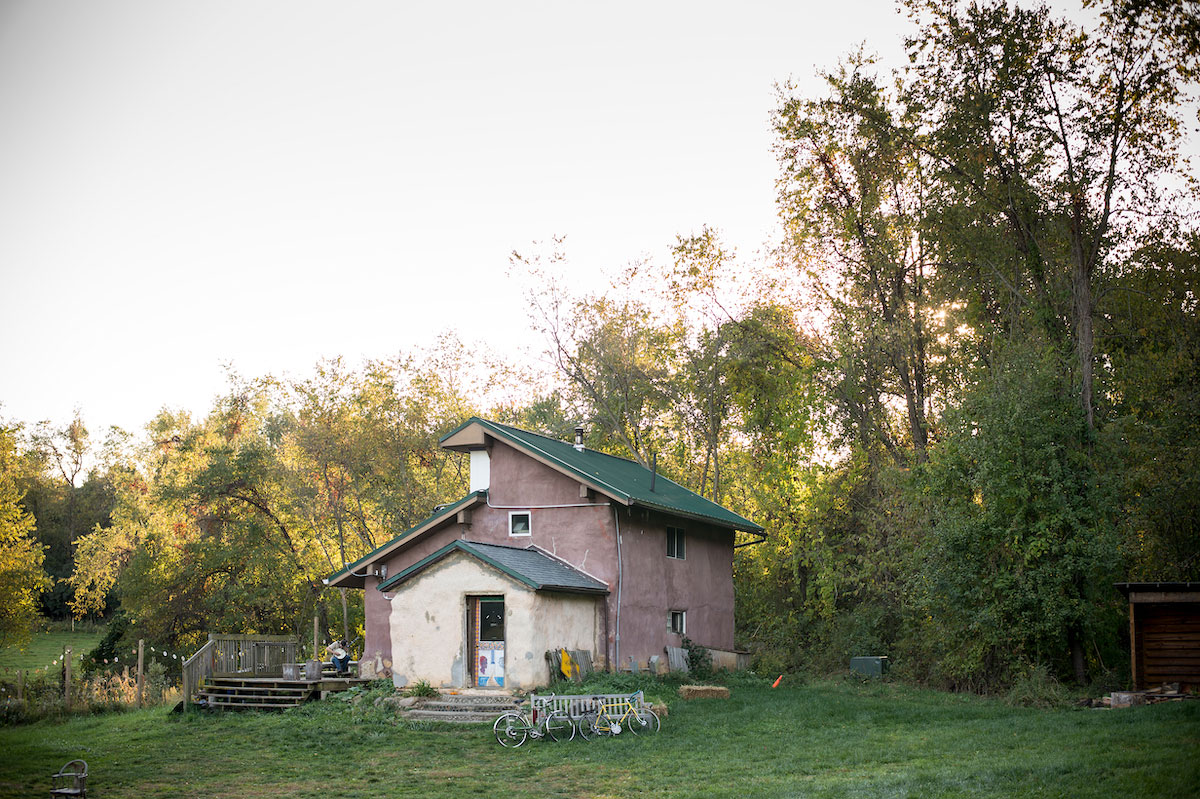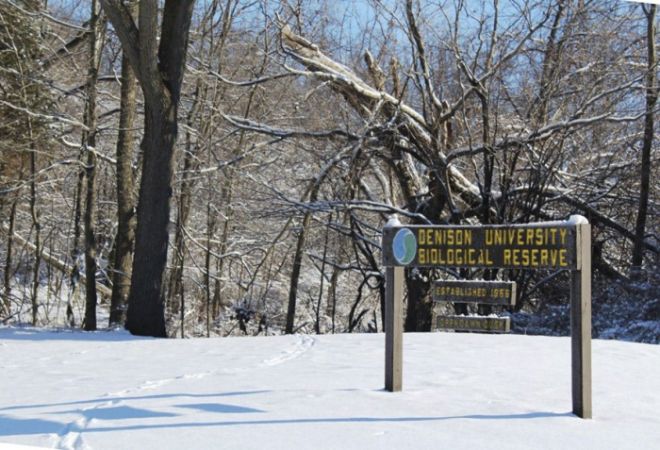Denison s biological reserve was established by the board of trustees in 1966 through the efforts of professor robert alrutz who served as director until his retirement in 1990.
Bioreserve solar panel denison university area acres.
Our largest solar array comprised of 6750 panels located on a 10 acre degraded field in the college s bioreserve provides 2 3 megawatts of energy.
Denison currently receives 15 of its energy from solar energy.
The panels are shiny and look like water.
By comparison imagine solar power.
Denison university is a leader among the nation s liberal arts colleges offering some 60 academic programs to 2 200 students in granville ohio.
Columnist shares perspectives on proposed solar array.
Nrel s previous estimates and calculations of solar energy s land use requirements published several years ago suggested that it could meet the u s total electric demand circa 2005 levels with a footprint of about 0 6 percent of the nation s total land area or somewhere around 14 15 million acres.
This array along with a smaller teaching array located behind denison s red barn recycling station became active in 2017.
The reserve encompasses 350 acres in three contiguous sections that are within easy walking distance of campus.
They in turn are attracting and supporting birdlife in the college s adjacent 350 acre biological reserve.
So many people from all different interests came together to build this project says jeremy king denison s sustainability coordinator.
Denison university s pollinator friendly solar array is the first of its kind in the state of ohio and the first in a five state area demonstrating an innovative and productive use for the land.
A proposed solar panel array on denison university s biological reserve cleared another hurdle this week as the year long debate over the project continues.









